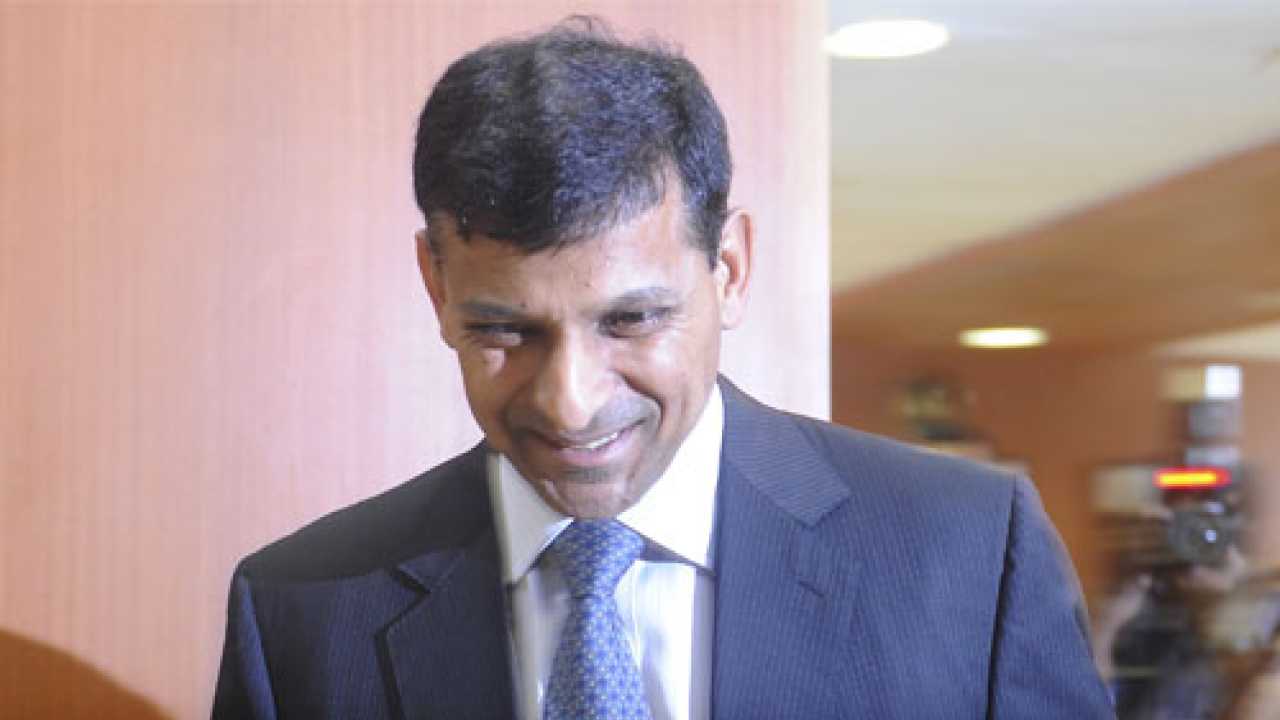
It would have been easy to overreact. The Fed had thrown all emerging markets an unexpected lifeline by postponing its tapering of asset purchases.
Domestically, the rupee is 10% stronger from its lows, capital inflows have begun to trickle back in, growth momentum is abysmally weak, and the recent surge in inflation could have been blamed only on onion prices. In sum, it would have been tempting for the RBI to simply dismantle the entire interest rate defence and please markets.
To the RBI’s credit, it did not succumb to this temptation. Yes, the liquidity tightening measures were partially unwound, but simultaneously the RBI raised policy rates by 25 bps to send an unmistakable signal that (1) the interest rate defence of the currency would
not be completely abandoned but simply moved to the more orthodox signal of using the policy interest rate and (2) the RBI will not tolerate retail inflation close to double digits and WPI inflation gapping up to 6%.
Industry appears disappointed – hoping for a more “pro-growth” policy! But let’s not forget — central banks typically have just one instrument — the short term interest rate. So, at best, they can achieve one objective — and that must be to keep inflation expectations low and anchored. There is no shortage of evidence around the world to show that a sustainable pickup in growth is predicated on macroeconomic stability and low inflation expectations.
Similarly, markets wonder why the RBI should focus on CPI inflation — given that it has a large component of food over which the RBI has no direct control. But to the extent we bemoan about surging gold imports that pressure the current account, and low deposit mobilisation — can we really ignore 10% retail inflation, which underpins these phenomena?
In sum, given the constraints the RBI was under — a stagflationary dynamic at home, pressure on the currency, continuing global uncertainty — we got the best we could have hoped for.
But let’s not forget that India has caught a break from the Fed’s unexpectedly dovish stance. And we need to use this breathing space wisely. The focus must be on reducing the twin deficits, financing the current account in a more sustainable way, bringing retail inflation down, and jumpstarting investment through facilitating project execution on the ground.
In sum, the urgency for domestic reform should not be compromised just because we have got a lucky external break. The taper will eventually come. Make no mistake about it. And when it happens we need to be better prepared than we were in May..
This is the best
Given the constraints the RBI was under — a stagflationary dynamic at home, pressure on the currency, continuing global uncertainty — we got the best we could have hoped for
Sajjid Chinoy
Chief India economist, JP Morgan